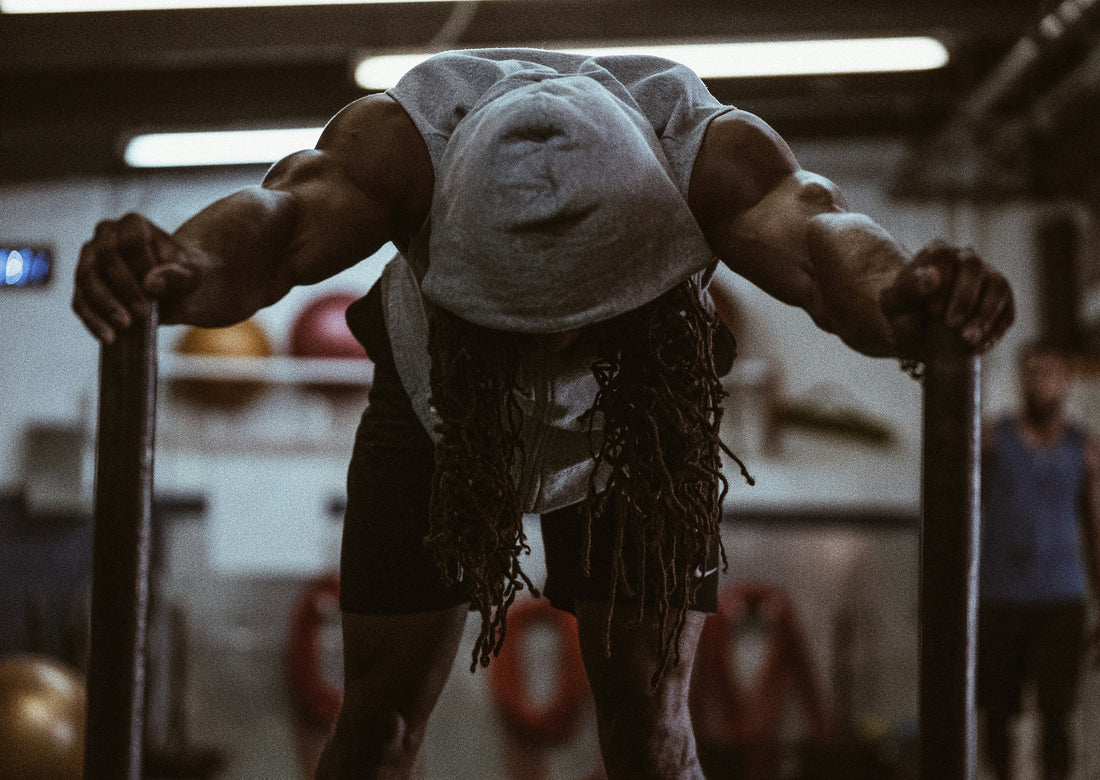
Relieve Pain and Stay Active: Top Tools for Post-Workout Recovery
Achieving your fitness goals requires more than just pushing your limits in the gym; it also demands a well-thought-out recovery routine. Recovery not only helps you feel better after a workout but also prepares your body for the next challenge. If you’re not focusing on recovery, you might find yourself dealing with lingering pain, reduced performance, or even injuries. Here’s how you can build an effective post-workout recovery routine and stay active.
1. Warm Down, Don’t Wind Down
After an intense workout, it’s tempting to collapse on the couch, but a proper cool-down is crucial. Gentle stretching and low-intensity movements, such as walking or yoga, can help flush out lactic acid from your muscles and reduce post-workout soreness. Stretching also promotes flexibility, which is essential for long-term mobility.
2. Stay Hydrated
Hydration plays a massive role in recovery. Water aids in transporting nutrients to your muscles, repairing tissue, and reducing inflammation. If you’re a fan of electrolyte-packed beverages, they can be a great addition, especially after sweat-heavy workouts. Keeping a water bottle handy during and after exercise ensures you stay on track.
3. Prioritize Nutrition
Your body needs the right fuel to recover. A mix of protein and carbohydrates helps repair muscle fibers and replenish glycogen stores. Post-workout snacks like a protein smoothie, banana with nut butter, or Greek yogurt with fruit can be both delicious and effective.
4. Embrace Active Recovery Days
Not every day has to be a high-intensity grind. Low-impact activities like swimming, cycling, or even a brisk walk allow your muscles to recover while keeping your body moving. Active recovery helps reduce stiffness and maintains circulation.
5. Invest in Recovery Tools
While nutrition, hydration, and active recovery are foundational, recovery tools can significantly enhance your post-workout care. Tools like neck massagers, massage guns, and knee pads can target specific areas of discomfort and tension.
- A neck massager can provide relief for tight muscles after upper-body workouts.
- A massage gun delivers deep tissue relief to reduce soreness and improve blood flow.
- Knee pads can offer support during workouts and prevent joint discomfort post-exercise.
6. Prioritize Sleep
Quality sleep is a non-negotiable part of recovery. It’s during sleep that your muscles repair and grow. Aim for 7-9 hours of restful sleep to maximize your recovery potential.
Recovery Is Key to Progress
Incorporating effective recovery strategies ensures your workouts remain sustainable and enjoyable. By paying attention to your body’s needs and investing in recovery, you’ll not only reduce pain but also enhance your overall fitness journey. So stretch, hydrate, fuel up, and let your body reap the rewards of your hard work!
